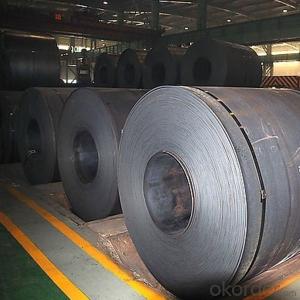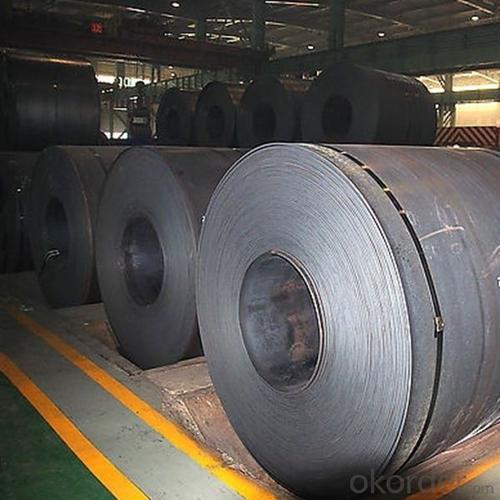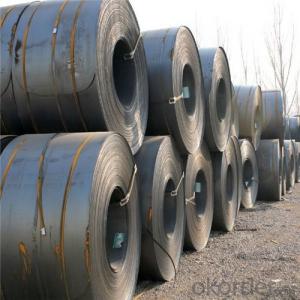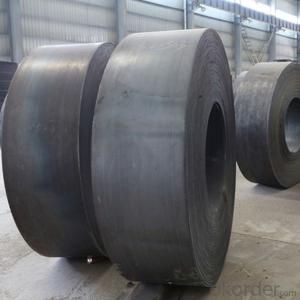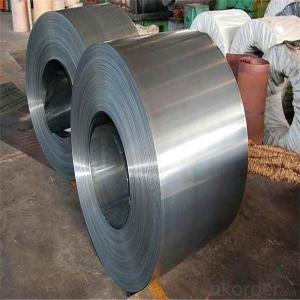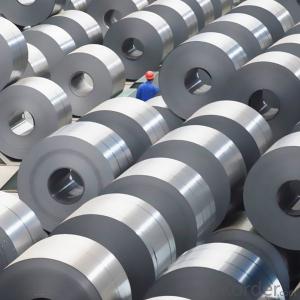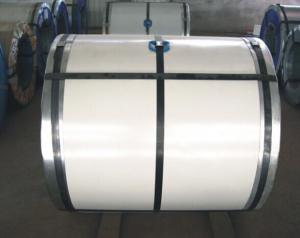Hot Rolled Steel Coils in Hot Sale Made in China for Wholesale
- Loading Port:
- Tianjin
- Payment Terms:
- TT OR LC
- Min Order Qty:
- 28 m.t.
- Supply Capability:
- 10000000 m.t./month
OKorder Service Pledge
OKorder Financial Service
You Might Also Like
Specification
DESCRIPTION FOR SS400 CARBON STEEL SHEET
1.Thickness: 1-200mm
2.Width: 100-3000mm
3.Length: 1000-12000mm
4. Applications :mining machinery, environmental protection, engineering
5. Grade:SS400 A 36 Q195.Q235.Q345.SPCC.SPCH
6.Surface : Hot Rolled Cold Rolled Galvanized Steel
PACKING:
1.Big thickness:by bulk vessel
2.Small thickness:packed by steel strips and shipped by container
3.According to the requirements of customers'
TRADE TERMS :FOB, CFR, CIF
PICTURES:
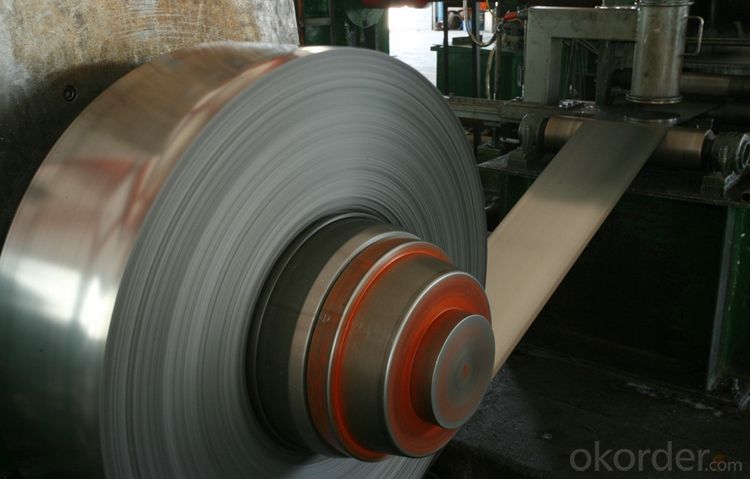
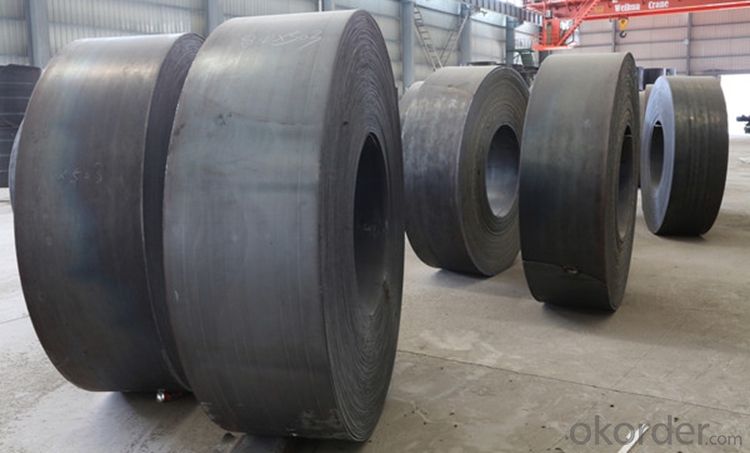

FEATURES OFSTEEL COILS
(1)Good ductility
(2)Good corrosion resistance
(3)Excellent abrasion resistance and fatigue strength
(4)Good weldability
(5)Oxidation resistant performance
(6)Excellent in high temperature
OUR SERVICE
1.High quanlity and reasonable price.
2.Customized on-demand.
3.Reasonable shipping and fast delivery.
4.Free sample.
FAQ:
1.Q:How about the delivery time?
A:Within 15-30days after receiving the deposit or L/C at sight.
2.Q:How about the trade terms?
A:EXW,FOB,CFR,CIF will be accepted.
3.Q:How about your payment terms?
A:30%TT in advance and the balance against of copy of B/L.
The irrevocable L/C at sight will be accepted.
- Q: How do steel coils contribute to the strength and durability of structures?
- Steel coils contribute to the strength and durability of structures by providing a high tensile strength and resistance to deformation. The coils are typically made from high-quality steel, which has excellent structural properties. When used in construction, steel coils can be shaped and formed into various structural components, such as beams, columns, and trusses. These components add strength and stability to the structure, making it more resistant to external forces, such as wind, earthquakes, and heavy loads. Additionally, steel coils are highly durable and can withstand harsh environmental conditions, including corrosion and extreme temperatures, ensuring the long-term integrity of the structure.
- Q: How are steel coils processed and shaped into specific products?
- Steel coils are processed and shaped into specific products through a series of steps, involving various machinery and techniques. The process begins with the steel coils being unwound and flattened using a decoiler and a leveller. This step ensures that the coils are ready for further processing. Next, the flattened coils are fed into a rolling mill, where they undergo a process called cold rolling. Cold rolling involves passing the coils through a series of rollers to reduce their thickness and improve their surface finish. This process also enhances the strength and hardness of the steel. After cold rolling, the steel coils may undergo additional processes such as annealing or galvanizing, depending on the desired properties of the final product. Annealing involves heating the coils to a specific temperature and then slowly cooling them, which helps to relieve internal stresses and improve the steel's ductility. Galvanizing, on the other hand, involves coating the coils with a layer of zinc to protect them from corrosion. Once the necessary treatments are completed, the steel coils are ready to be shaped into specific products. This is achieved through various methods such as cutting, stamping, or forming. Cutting involves using shears or lasers to trim the coils into specific sizes or lengths. Stamping involves using a die and a press to shape the coils into intricate designs or patterns. Forming, on the other hand, involves bending or shaping the coils using specialized machinery to create curved or contoured products. Finally, the shaped steel products are inspected for quality and undergo any necessary finishing processes such as painting or coating. This ensures that the products meet the required specifications and are ready for distribution or further assembly. In summary, steel coils are processed and shaped into specific products through a combination of steps including unwinding, flattening, cold rolling, annealing or galvanizing, cutting, stamping, forming, inspection, and finishing. Each of these steps plays a crucial role in transforming the raw steel coils into high-quality products used in various industries.
- Q: What is the average shelf life of a painted steel coil?
- The average shelf life of a painted steel coil can vary depending on various factors such as the quality of the paint, environmental conditions, and storage methods. However, on average, a well-maintained painted steel coil can have a shelf life of 10 to 20 years.
- Q: Cast steel welding
- I Use these for cast iron, www.yms .uk/welding-rod-small-pack/2.5mm-cast-iron-welding-rod-small-pack/1951/11612/detail.asp they are expensive when compared to welding rods for steel but i find that normal steel ones dont work on cast iron
- Q: How are steel coils inspected for thickness using ultrasonic testing?
- Steel coils are inspected for thickness using ultrasonic testing by first preparing the surface of the coil and applying a couplant gel. Then, an ultrasonic transducer is placed on the surface and emits high-frequency sound waves into the coil. These sound waves travel through the material and are reflected back when encountering a change in thickness. The transducer receives these echoes and measures the time it takes for them to return. By analyzing the time delay, the thickness of the steel coil can be accurately determined.
- Q: I have a bottle like this* Can u make hot chocolate in it. Can i heat it.I wanna take hot Chocolate to school
- Stainless okorder /... on Hot Drink in Stainless Steel Water Bottle.
- Q: How are steel coils processed into finished products?
- Steel coils are processed into finished products through a series of steps, including flattening, cutting, shaping, and treating. First, the coils are unrolled and flattened to obtain a flat sheet. Then, they are cut into desired lengths and shapes using various cutting techniques. Next, the sheets are shaped into specific forms using methods like bending, rolling, or stamping. Finally, the finished products undergo treatments such as heat treatment, galvanization, or coating to enhance their durability and appearance.
- Q: What are the different methods of storing steel coils?
- There are several different methods of storing steel coils, including vertical stacking, horizontal stacking, eye-to-the-sky stacking, and interlocking stacking. Each method has its own advantages and considerations based on factors such as space availability, weight distribution, and accessibility for transportation and handling. Ultimately, the choice of storage method depends on the specific requirements and constraints of the steel coil storage facility.
- Q: What are the common methods of painting or coating steel coils?
- Coil coating is a commonly used technique for painting or coating steel coils. It involves cleaning and pre-treating the coils to remove contaminants and enhance adhesion. Next, a primer or base coat is applied to establish a solid foundation. This primer safeguards the steel against corrosion and enhances the overall durability of the coating. Once the primer is applied, the steel coils undergo a series of rollers to apply the topcoat. The topcoat can consist of various materials such as polyester, polyurethane, or fluoropolymer, depending on the desired properties of the final coating. These topcoats provide the desired color, gloss, and protection against weathering, chemical exposure, and UV radiation. Electrostatic spraying is another popular method for painting or coating steel coils. It involves atomizing the paint or coating material into fine droplets and charging them with electricity. The grounded steel coils attract these charged droplets, resulting in a controlled and even application of the paint or coating material. Powder coating is yet another technique utilized for painting or coating steel coils. It involves electrostatically charging a dry powder and spraying it onto the steel coils. The charged powder adheres to the steel surface due to electrostatic attraction. The coated steel coils are then heated, causing the powder to melt and form a continuous film, resulting in a durable and resistant coating. In conclusion, these methods provide a wide range of options in terms of color, finish, and performance characteristics for painting or coating steel coils. The choice of method depends on factors such as desired appearance, level of protection required, and specific application requirements.
- Q: Can steel coils be coated with zinc-nickel alloy?
- Yes, steel coils can be coated with a zinc-nickel alloy. Zinc-nickel alloy coating provides excellent corrosion resistance and is commonly used in various industries including automotive, construction, and manufacturing.
Send your message to us
Hot Rolled Steel Coils in Hot Sale Made in China for Wholesale
- Loading Port:
- Tianjin
- Payment Terms:
- TT OR LC
- Min Order Qty:
- 28 m.t.
- Supply Capability:
- 10000000 m.t./month
OKorder Service Pledge
OKorder Financial Service
Similar products
Hot products
Hot Searches
Related keywords
